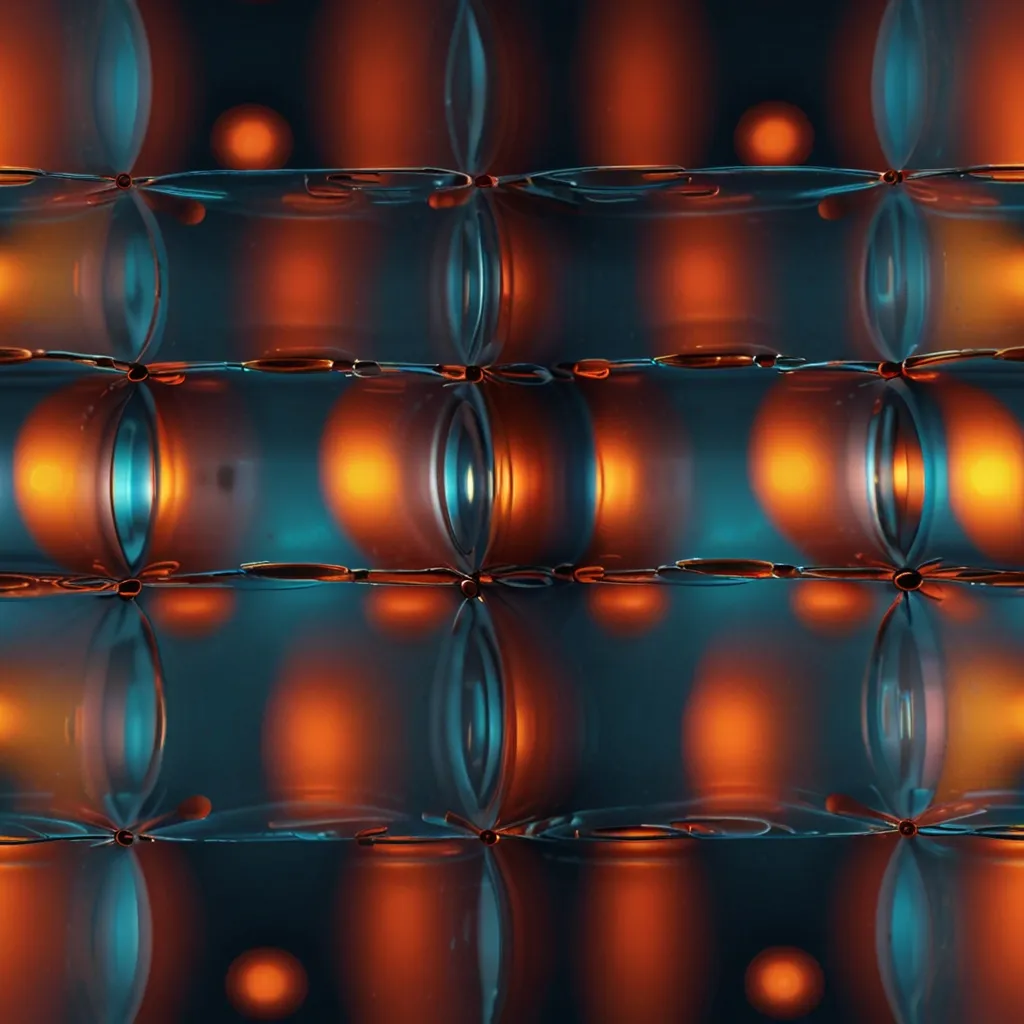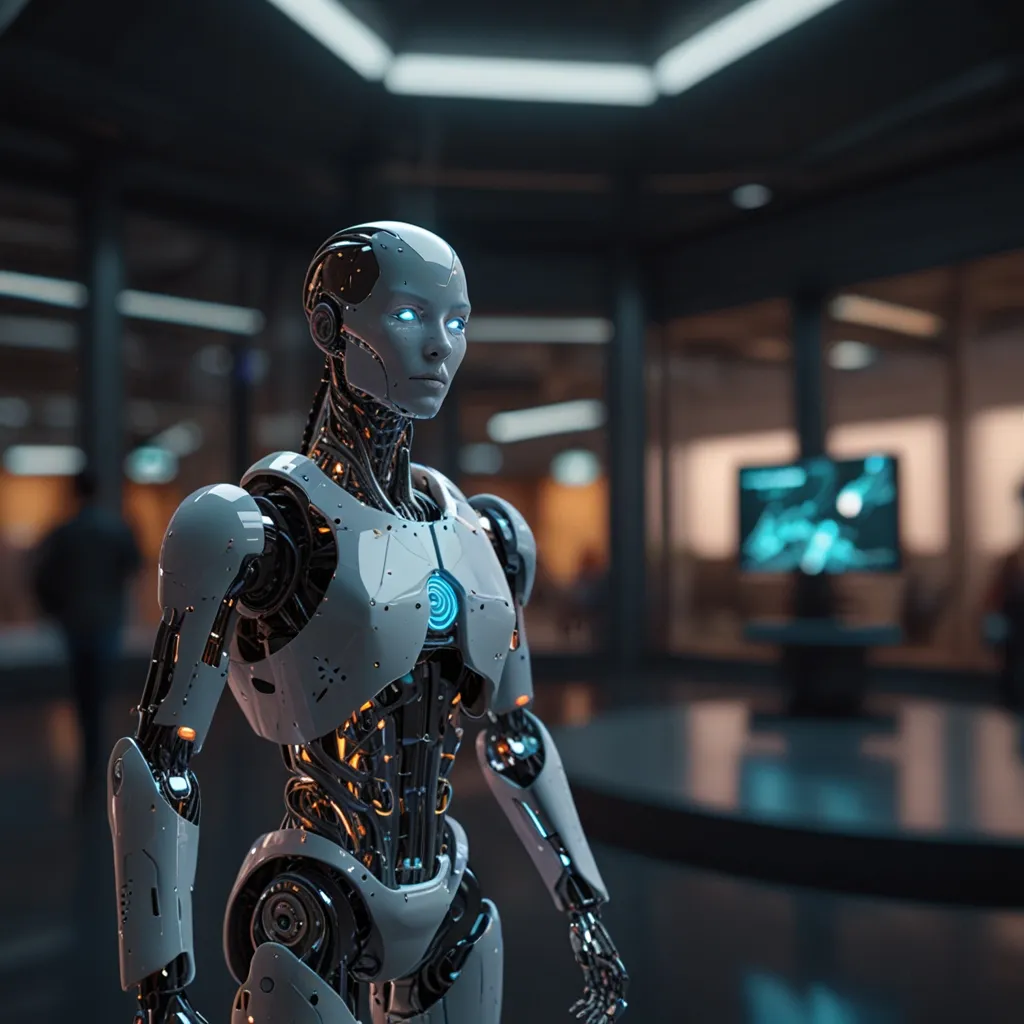When light travels through any transparent medium, like glass, the story gets interesting. The atoms within the medium, influenced by the electromagnetic fields, start moving and vibrating. Maxwell taught us that moving electric charges generate their own electromagnetic fields. In simpler terms, these atoms create photons.
Each of these induced light waves, which are essentially streams of photons, travel at the same speed, known as phase velocity, the speed of light (C). However, what we see with our eyes isn’t these individual waves of light. Instead, we see a combination or a summed-up wave of light.
As the induced light waves interact with the original, undisturbed light wave that entered the medium, they undergo constructive and destructive interference. These interactions occur because the light waves are at different wavelengths. The result is a mixture of light waves that travel through the medium.
In materials like glass and water, this summed-up light wave travels slower than the maximum speed of light (C). This phenomenon explains why light moves more slowly through transparent substances compared to the speed it travels in a vacuum.






